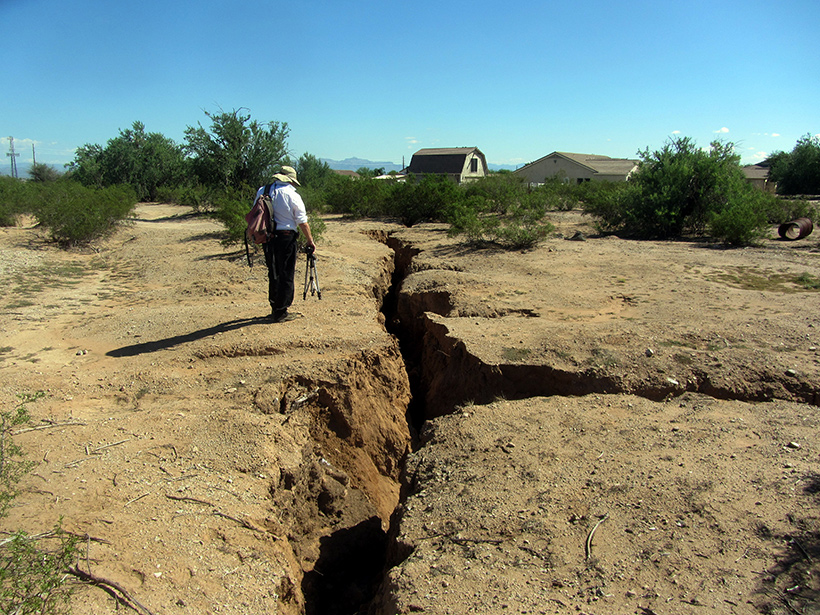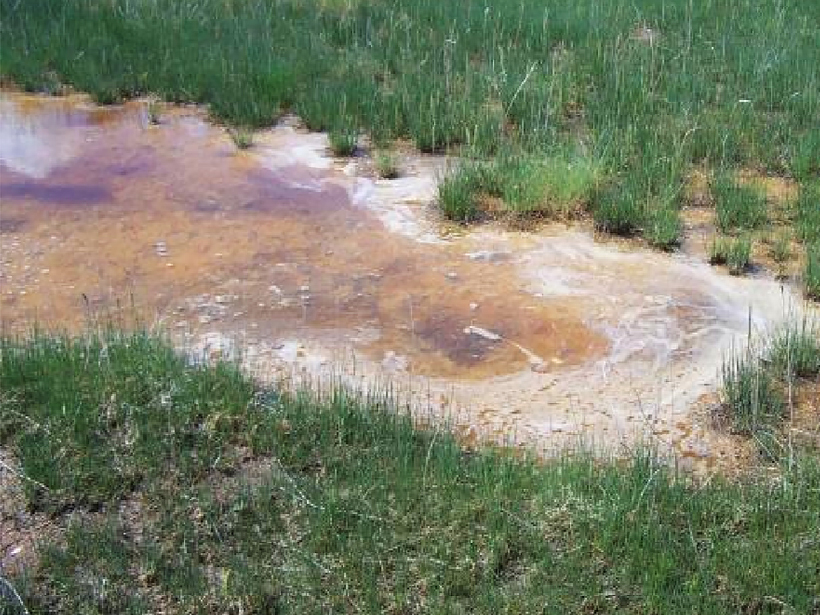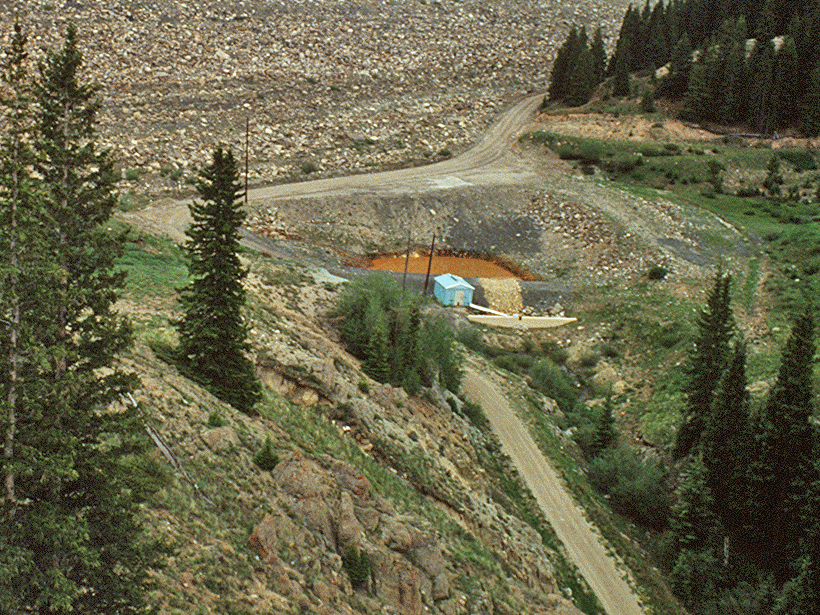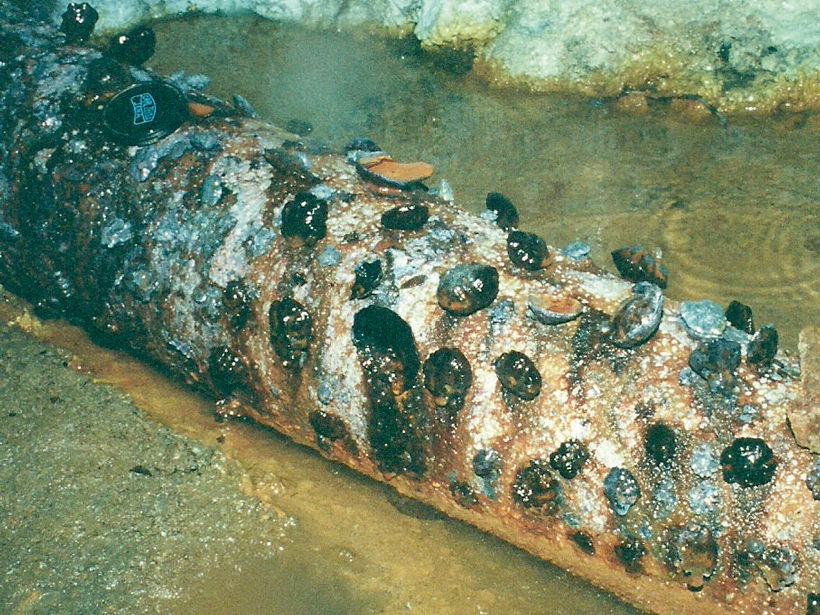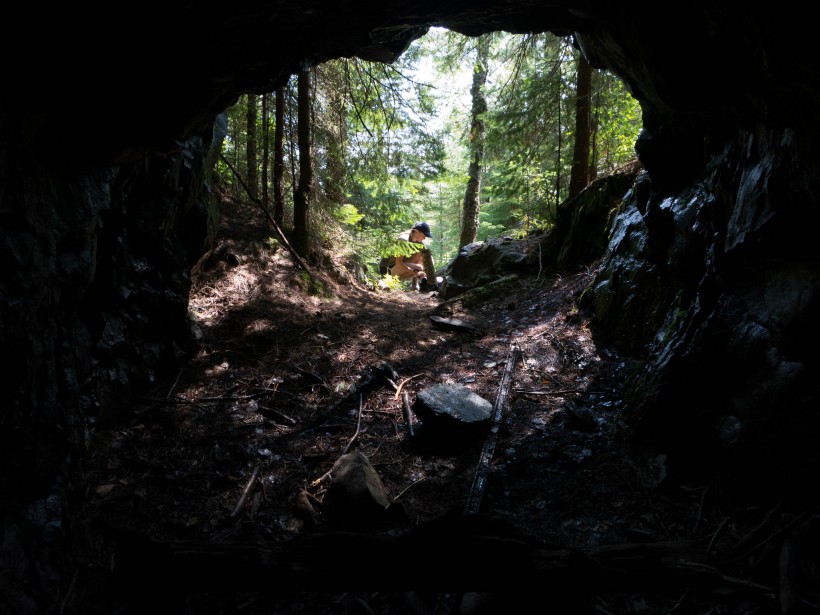In the largest compilation of anthropogenically induced earthquakes, causes range from building water reservoirs to mining.
mining
New Law Puts the Squeeze on the Arizona Geological Survey
Arizona state services at risk include a program to map Earth fissures; the state's earthquake-monitoring network; and the Survey's mineral resources program.
Salty Secret Might Aid Carbon Impact of Restored Wetlands
Research on a surprising way rainfall affected the salinity of a boreal peatland might help restorers of such wetlands wrecked by tar sands mining maximize carbon absorption of reclaimed marshes.
New Reactive Barrier May Protect Groundwater from Mine Waste
Researchers are developing a porous concrete filter to pull harmful dissolved metals out of water.
Microbial Communities Form Iron Shells in Abandoned Mines
Fungi and bacteria deposit metal ions on steel objects left behind by miners. These metals form strange clam-like shells on the steel surfaces.
Miners Left a Pollution Trail in the Great Lakes 6000 Years Ago
Scientists find evidence of ancient copper mining in polluted lake sediments from Isle Royale National Park.
Greenland Premier Calls for Balanced Development of Natural Resources
With Greenland confronting environmental and economic challenges, Premier Aleqa Hammond has called for developing natural resources while protecting the environment and dealing with climate change.


